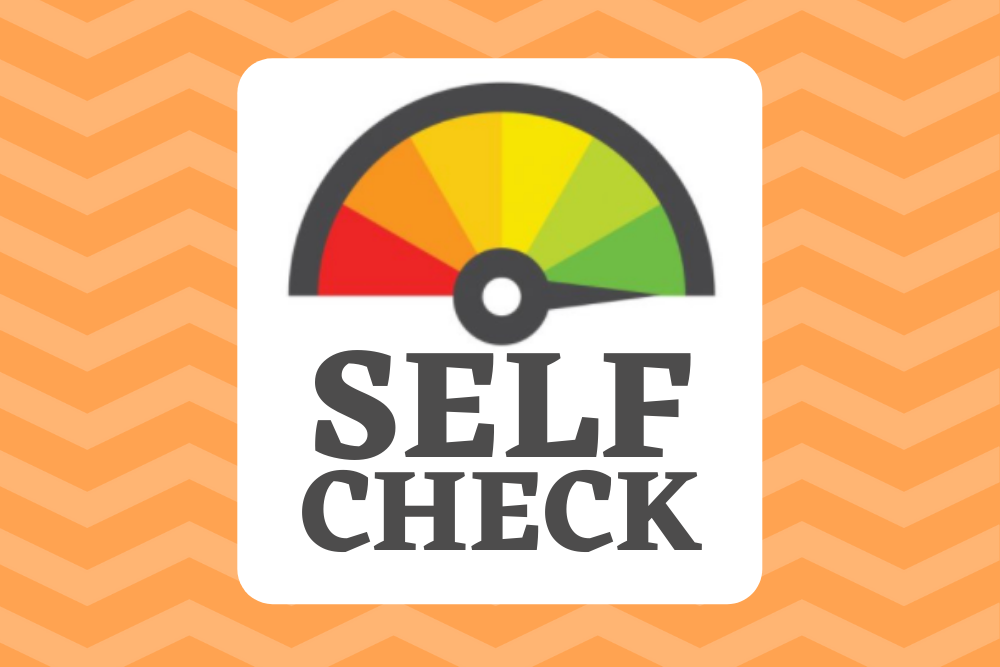Is it Healthy Optimism or Toxic Positivity? What’s the difference?
There is no doubt that practicing positivity through such things as mindfulness, positive affirmations, seeking gratitude and the like, can have a very powerful, positive effect on both our mental and physical health. If we can become skilled in these coping skills, we can actually rewire our brains toward happiness. However, this does not mean that we can or should always feel happy.
During what is now approaching two years of a global pandemic, political and social upheaval, and very real and personal tragedies, everywhere we look, we are being told pat phrases like “Look on the bright side”, “find the silver lining”, or “this too shall pass”. At times these messages can feel inspirational, but other times when we are feeling sad, anxious, angry or depressed, these words can feel invalidating. When this happens, optimism crosses the line to what’s known as “toxic positivity”. Toxic positivity is the tendency to minimize very real negative experiences and emotions in ourselves and others, to insist that everything is ok and we “should” try to be happy no matter what.
Difficult emotions can be difficult to acknowledge or to confront. When bombarded with upsetting experiences and feelings, it can be tempting to deny them. It can also be tempting to not want to see these feelings in others. For example, we often say “stay strong” to a friend going through a difficult time, as though if that person were to show how sad or angry they were, this would somehow be weak.
This tendency is often strongest when dealing with our children. It’s difficult to see our children sad or hurting in any way. Sometimes we insist on them being happy saying, “don’t cry”, when maybe they need to, or “it’s ok”, when maybe in that moment it isn’t.
Difficult emotions are a necessary part of life- after all, you wouldn’t recognize joy if you’d never experienced pain. Therefore, healthy optimism means looking for and practicing ways of managing challenging emotions, not pretending they aren’t there.
When we practice mindfulness, we take note of what we’re feeling without criticizing or judging ourselves. Part of this process is identifying what we are feeling and allowing ourselves to sit with it for a while. We accept that right at this moment we ARE feeling sad, anxious, etc. and that’s ok. When we do this, it helps to diminish the impact of the feeling. We realize that even if we acknowledged it, we cried, or screamed into a pillow, the feeling didn’t kill us. Feelings can be compared to waves, they can come in and grow stronger, but eventually they begin to recede.
Not allowing ourselves to acknowledge our negative emotions does not mean they will disappear- instead we will often use unhealthy ways to try and suppress them through such things as alcohol, food, and other types of addictions that distract us from what we’re really feeling. Doing this, of course, only serves to create new problems for us.
By first acknowledging our challenging feelings (and those of others), we can then use productive ways to make ourselves feel better. We can employ strategies like journaling, creating art, meditating ,using positive affirmations, yoga, practicing gratitude and so forth that can help us to improve our mood and find genuine happiness.
By accepting the full range of human emotions, we can also more effectively support others in ways that will enhance our relationships, bringing us closer to others (which also makes us happier). So, the next time someone is going through something challenging, instead of insisting they stay strong or look on the bright side, let them feel what their feeling without talking them out of it, and then when they’re ready, find positive ways together to cope.

